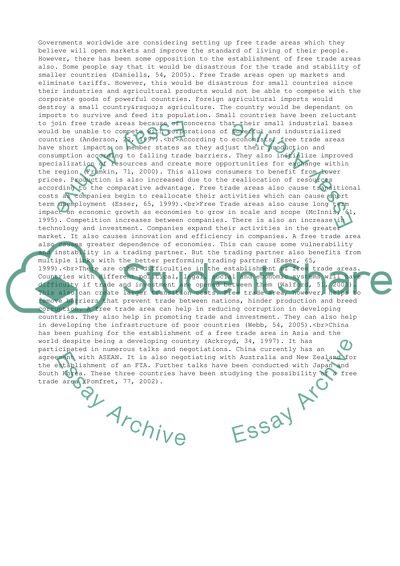Cite this document
(“Free Trade Agreement Essay Example | Topics and Well Written Essays - 2000 words”, n.d.)
Retrieved from https://studentshare.org/business/1500479-free-trade-agreement
Retrieved from https://studentshare.org/business/1500479-free-trade-agreement
(Free Trade Agreement Essay Example | Topics and Well Written Essays - 2000 Words)
https://studentshare.org/business/1500479-free-trade-agreement.
https://studentshare.org/business/1500479-free-trade-agreement.
“Free Trade Agreement Essay Example | Topics and Well Written Essays - 2000 Words”, n.d. https://studentshare.org/business/1500479-free-trade-agreement.


